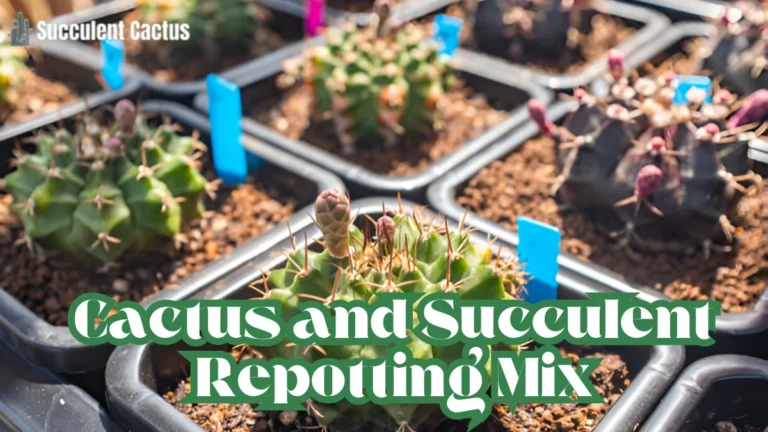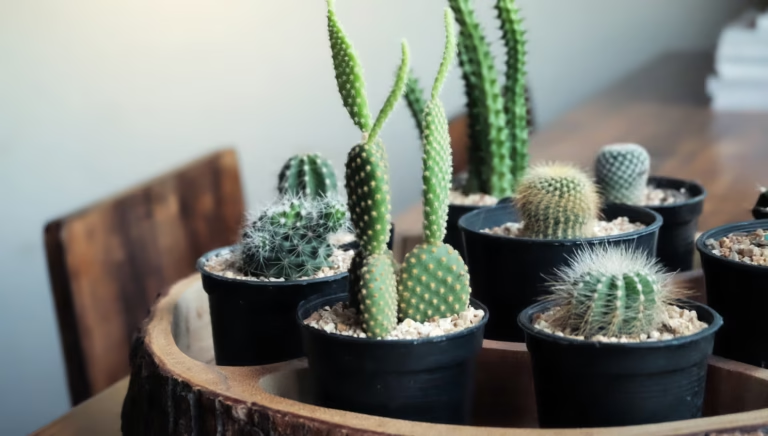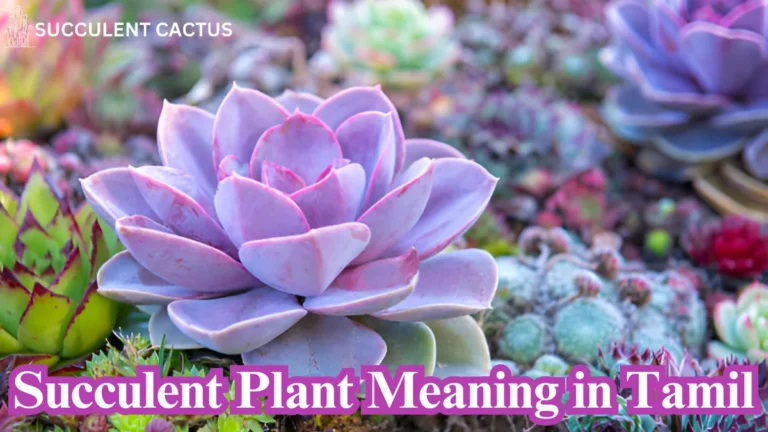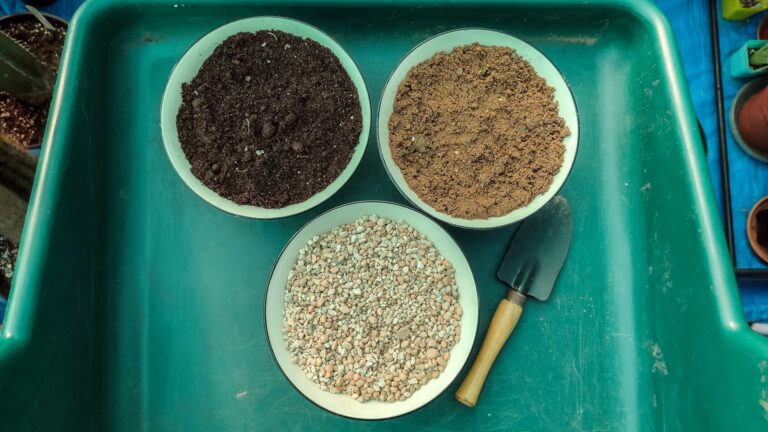Succulent Plants: Best Varieties and Care Tips for Thriving Succulents
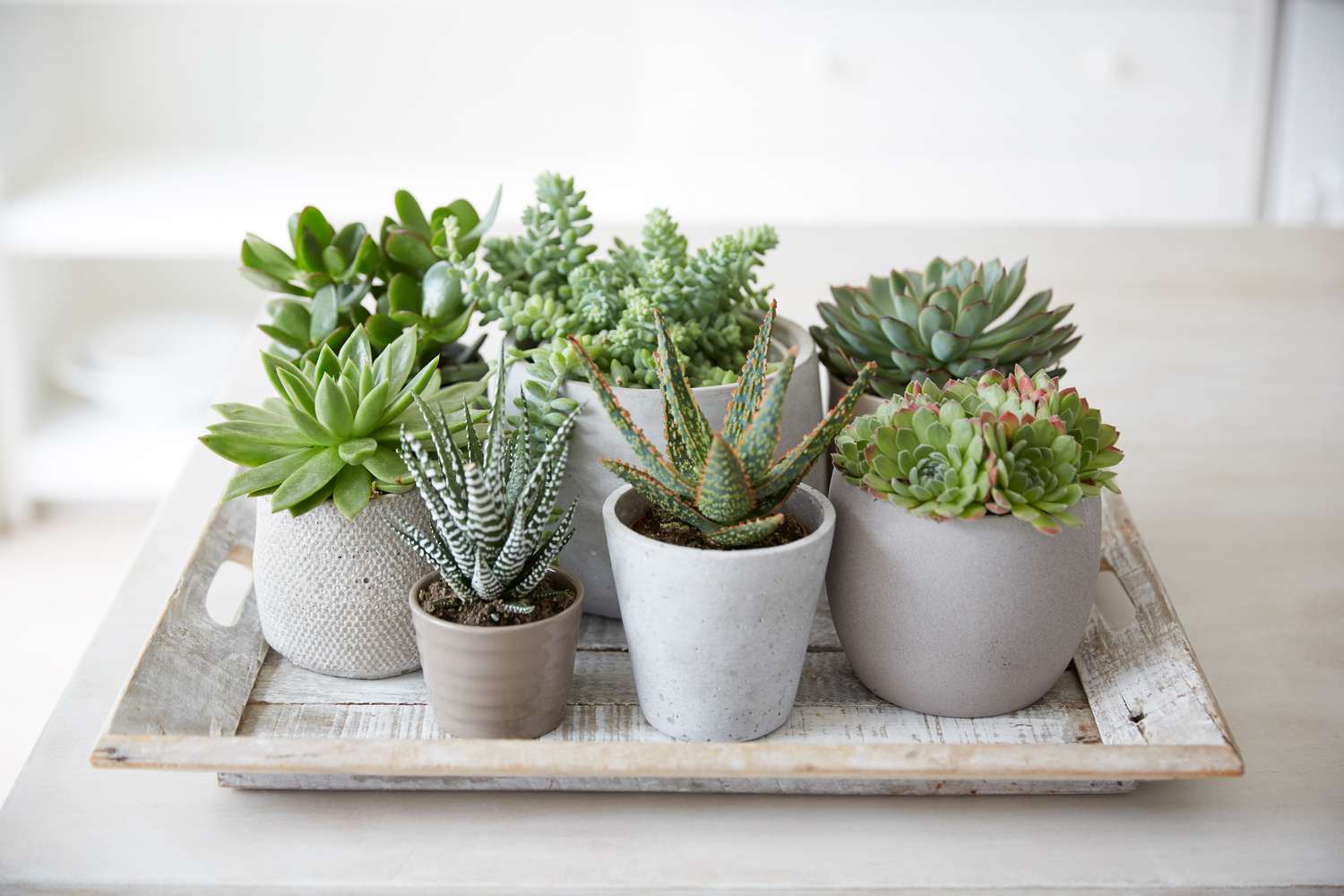
Succulent plants have captivated gardeners and houseplant enthusiasts worldwide with their stunning diversity, low-maintenance nature, and adaptability. These plants are perfect for both indoor and outdoor spaces, offering beauty and resilience in equal measure. In this comprehensive guide, we will explore the best varieties of succulent plants and provide actionable care tips to help your succulents thrive.
Why Succulent Plants Are Perfect for Any Space
Succulent plants are uniquely suited to a variety of environments, making them a favorite for beginner and expert gardeners alike. Here’s why these plants are so popular:
- Drought Tolerance: Succulents store water in their leaves, stems, or roots, making them perfect for dry climates.
- Aesthetic Appeal: Their vibrant colors, unique textures, and diverse shapes make them versatile decorative elements.
- Low Maintenance: Succulent plants require minimal care, making them ideal for busy lifestyles.
- Air Purification: Many succulents improve air quality by absorbing toxins and releasing oxygen.
Popular Varieties of Succulent Plants
Succulent plants come in countless shapes, sizes, and colors. Here are some of the most popular varieties to consider for your collection:
1. Aloe Vera
- Features: Aloe Vera is not only visually appealing but also known for its medicinal properties.
- Care Tips: Thrives in bright, indirect sunlight and requires minimal watering.
2. Echeveria
- Features: Known for its rosette-shaped leaves, Echeveria comes in a variety of colors.
- Care Tips: Provide plenty of sunlight and well-draining soil.
3. Jade Plant (Crassula ovata)
- Features: The Jade Plant is a symbol of good luck and features thick, glossy leaves.
- Care Tips: Prefers bright light and requires infrequent watering.
4. Zebra Plant (Haworthia fasciata)
- Features: This compact succulent is striped like a zebra, making it a striking choice for small spaces.
- Care Tips: Thrives in indirect light and sandy soil.
5. Sedum (Stonecrop)
- Features: A trailing succulent perfect for hanging planters, Sedum is hardy and drought-resistant.
- Care Tips: Requires full sun and thrives in rocky or sandy soil.
6. Agave
- Features: Known for its architectural structure, Agave is a bold addition to any garden.
- Care Tips: Requires full sun and minimal watering.
7. String of Pearls (Senecio rowleyanus)
- Features: This trailing succulent features bead-like leaves, perfect for hanging baskets.
- Care Tips: Needs bright, indirect sunlight and well-draining soil.
How to Care for Succulent Plants
Caring for succulent plants is easy once you understand their natural habitat and needs. Here’s a complete guide to ensure your succulents thrive:
1. Choosing the Right Pot
- Opt for pots with drainage holes to prevent waterlogging.
- Terracotta pots are ideal as they allow excess moisture to evaporate.
2. Providing Adequate Light
- Most succulent plants require 6–8 hours of sunlight daily.
- Place them near a south-facing window for optimal light indoors.
3. Watering Succulent Plants
- Water only when the soil is completely dry, typically every 2–3 weeks.
- Use the “soak and dry” method to avoid overwatering.
4. Soil Requirements
- Use a well-draining cactus mix or create your own by mixing potting soil, sand, and perlite.
- Avoid heavy soils that retain water.
5. Fertilizing Succulents
- Use a balanced, water-soluble fertilizer during the growing season (spring and summer).
- Fertilize sparingly, as succulents don’t require nutrient-rich soil.
Propagating Succulent Plants
Propagating succulent plants is an easy and rewarding process. Follow these steps to expand your collection:
1. Leaf Cuttings
- Gently twist a healthy leaf from the parent plant.
- Let it dry for a few days, then place it on well-draining soil.
- Mist lightly until new roots and a rosette form.
2. Stem Cuttings
- Cut a healthy stem just below a leaf node.
- Allow the cutting to dry and callous before planting in soil.
3. Offsets
- Remove small offsets growing around the base of the plant.
- Replant them in separate pots with fresh soil.
Common Problems and Solutions for Succulent Plants
While succulents are hardy, they can face issues if not cared for properly. Here are common problems and their solutions:
1. Overwatering
- Symptoms: Yellow, mushy leaves.
- Solution: Let the soil dry out completely and reduce watering frequency.
2. Sunburn
- Symptoms: Brown or white patches on leaves.
- Solution: Move the plant to a spot with indirect sunlight.
3. Pest Infestations
- Symptoms: Presence of mealybugs or spider mites.
- Solution: Treat with neem oil or insecticidal soap.
4. Etiolation
- Symptoms: Stretched, leggy growth.
- Solution: Provide more sunlight or use a grow light.
Creative Ways to Display Succulent Plants
Succulent plants are not just beautiful; they’re versatile when it comes to decoration. Here are some creative ideas:
1. Terrariums
Create miniature landscapes by arranging succulents in glass containers.
2. Vertical Gardens
Grow succulents on a wall-mounted frame for a striking visual.
3. Hanging Planters
Use trailing varieties like String of Pearls to create cascading displays.
4. Table Centerpieces
Combine different succulent varieties in a shallow dish for a stunning centerpiece.
Seasonal Care Tips for Succulent Plants
Succulent plants have different needs throughout the year. Here’s how to care for them seasonally:
Spring and Summer
- Water more frequently as the plants are actively growing.
- Fertilize once a month to support growth.
Fall and Winter
- Reduce watering as growth slows down.
- Keep succulents in a warmer area to avoid frost damage.
FAQs About Succulent Plants
1. How often should I water my succulents?
Water only when the soil is completely dry, usually every 2–3 weeks.
2. Can succulent plants grow indoors?
Yes, they thrive indoors if they receive adequate sunlight.
3. What’s the best soil for succulents?
A well-draining mix with sand, perlite, and potting soil works best.
4. Can succulents survive in low light?
Some varieties, like Snake Plant and Jade Plant, can tolerate low light, but most require bright, indirect sunlight.
5. How do I know if my succulent is healthy?
Healthy succulents have firm leaves, vibrant color, and compact growth.
Conclusion: Why Succulent Plants Are a Must-Have
Succulent plant are the perfect addition to any space, offering beauty, resilience, and minimal maintenance. With their diverse varieties and adaptability, they can fit into virtually any design scheme. By following the care tips and creative ideas shared in this guide, you can ensure your succulent plants thrive for years to come.

